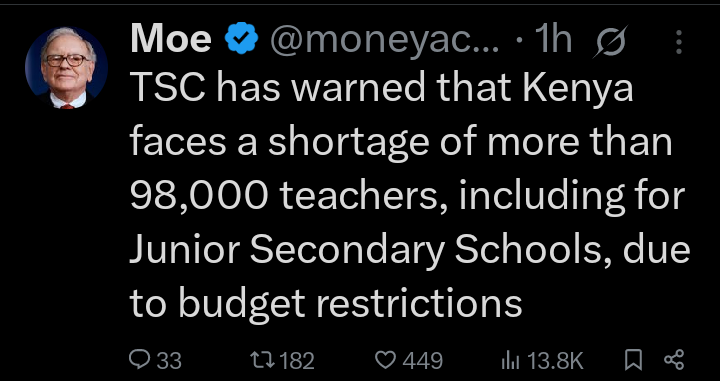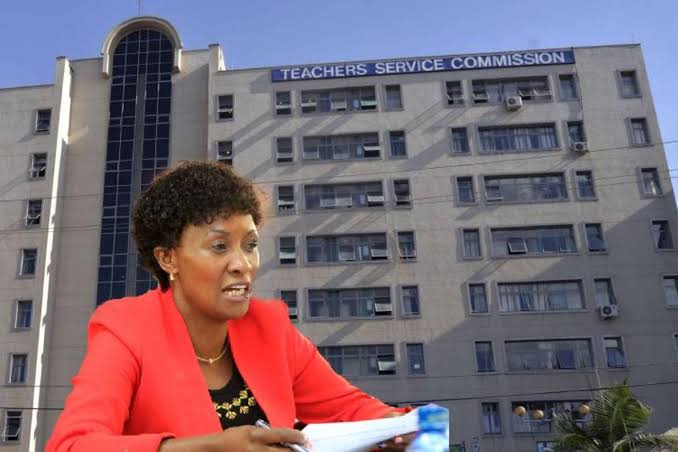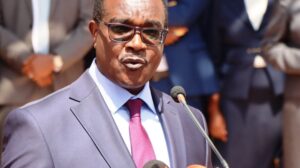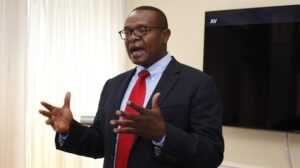The Teachers Service Commission (TSC) has raised alarm over a serious shortage of teachers in Kenya. According to recent data, over 98,000 teachers are needed, especially in Junior Secondary Schools. This shortage is mainly due to limited government funding, which makes it hard to recruit, train, or promote teachers. If not addressed, the situation could get worse with the rollout of Senior Secondary Schools in 2026 under the Competency-Based Curriculum (CBC).
CBC Changes Worsening the Crisis
The CBC has introduced new subjects such as media technology, leatherwork, and indigenous languages. These subjects require specialized teachers, but most schools do not have staff trained in these areas. This has put pressure on existing teachers, many of whom are forced to teach unfamiliar topics.
It also affects students, especially those in public schools, who may miss out on full learning experiences due to lack of qualified staff.
At the same time, more schools are being built across the country, especially in response to the government’s 100% transition policy. But while buildings are going up, funding for staff is not.
As a result, many new schools operate with just a few teachers or rely on untrained interns.
Poor Funding Limits Promotions and Motivation
Over 200,000 teachers are due for promotion. However, due to financial constraints, only about 6,000 get promoted every year. This creates frustration and demotivation among teachers. When teachers feel stuck in the same job group for years, some choose to leave the profession altogether, deepening the shortage.
The TSC has warned that without proper investment, more experienced teachers may leave, worsening the quality of education.
Hardship Areas Suffer the Most
Remote and hardship areas are feeling the shortage the hardest. These regions struggle to attract and retain teachers due to tough living conditions and lack of incentives. In some schools, one teacher handles more than one class or teaches several different subjects. This overstretches staff and leads to poor learning outcomes.
Parents and Students Left Struggling
In many parts of the country, parents are now being asked to contribute money to help hire additional teachers on contract. While this may provide short-term relief, it creates inequality, as not all parents can afford to pay. Poor families are left behind, and their children get a lower quality of education.
Overcrowded classrooms, overworked teachers, and students being taught by untrained staff are now common in Junior Secondary Schools. If this is not solved soon, things will be worse when Senior Secondary Schools begin fully in 2026.

Solutions TSC Has Proposed
To solve the crisis, the TSC has suggested the government increase the education budget significantly. This would help in hiring new teachers, training staff for CBC subjects, and promoting those who have waited for years. They also recommend providing incentives to attract teachers to remote areas.
Proper planning is also needed when building new schools. Before opening any new learning institution, the government should ensure there is a clear plan for staffing. Without teachers, classrooms and books alone cannot offer quality education.
Kenya is at a critical point in its education journey. The shortage of over 98,000 teachers shows that urgent action is needed. With CBC expanding and more schools being built, the demand for teachers will only increase.
Unless the government allocates enough funds to recruit and support educators, the quality of education will continue to decline. For Kenya’s children to have a fair chance at a bright future, solving the teacher shortage must become a top national priority.





















Add Comment